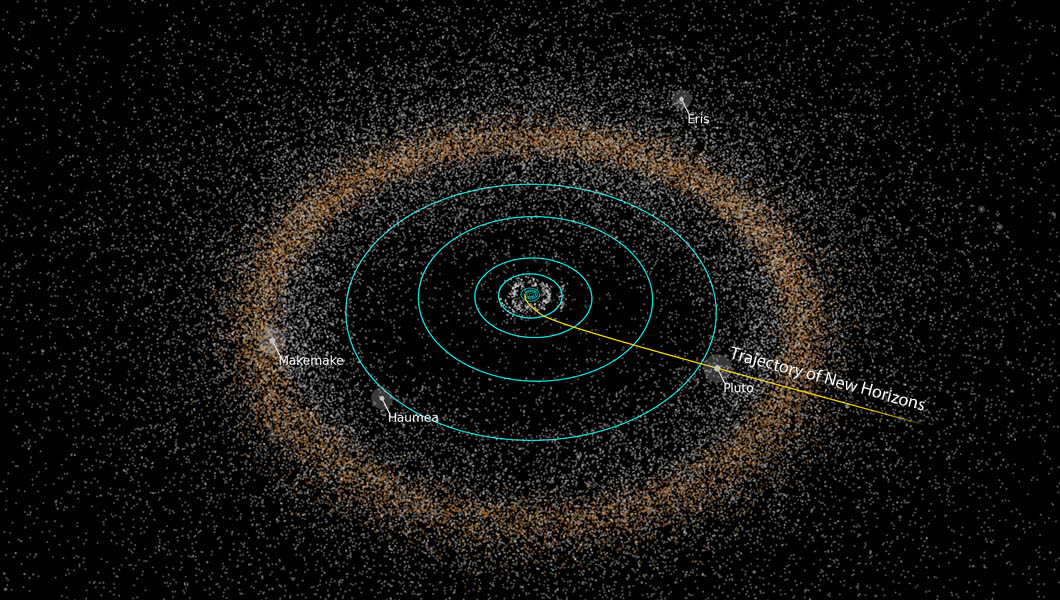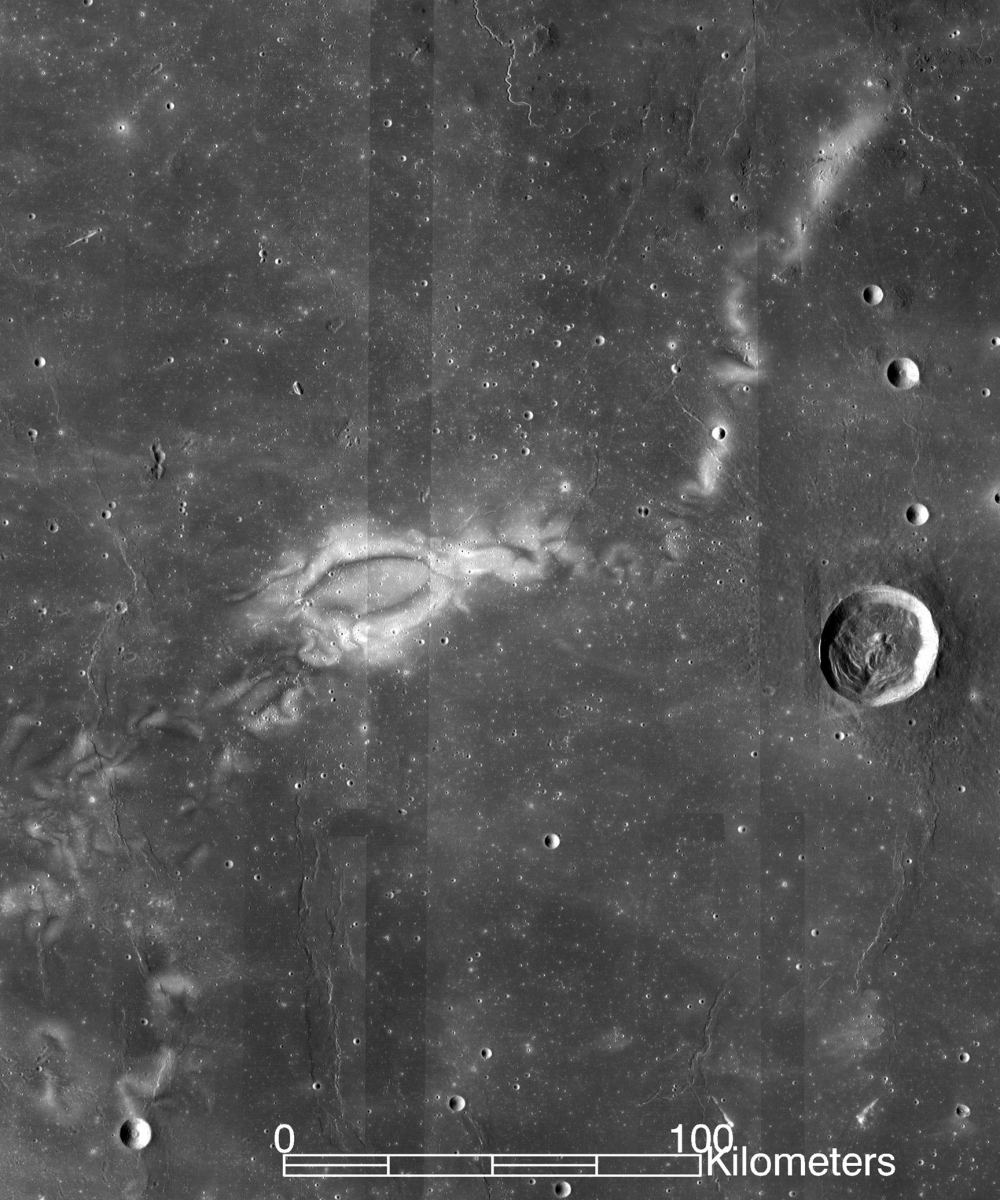Mercury puts on one of its best apparitions for 2024 this month.
Where have all of the planets gone? The late evening fall of dusk in early July also sees a sky seemingly vacant of familiar naked eye planets. Mars, Jupiter and Saturn are now denizens of dawn, and will stay that way for most of the remainder of 2024.
But two challenging planets are now emerging low to the west at dusk: Mercury and Venus. The two interior worlds are now mounting a slow return, as the hunt is now on the recover the two after sunset.
Continue reading “Meeting Mercury at Dusk in July”









